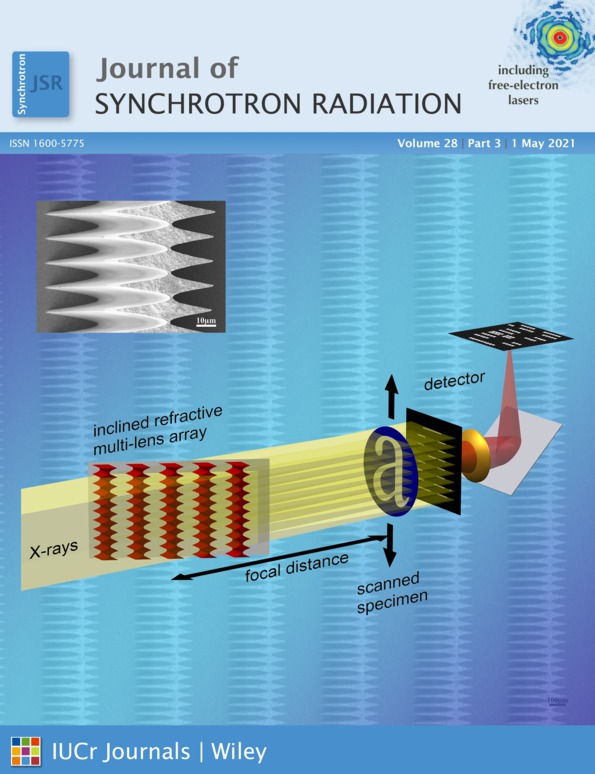Calculating absorption dose when X-ray irradiation modifies material quantity and chemistry
Abstract
X-ray absorption is a sensitive and versatile tool for chemical speciation. However, when high doses are used, the absorbed energy can change the composition, amount and structure of the native material, thereby changing the aspects of the absorption process on which speciation is based. How can one calculate the dose when X-ray irradiation affects the chemistry and changes the amount of the material? This paper presents an assumption-free approach which can retrieve from the experimental data all dose-sensitive parameters – absorption coefficients, composition (elemental molecular units), material densities – which can then be used to calculate accurate doses as a function of irradiation. This approach is illustrated using X-ray damage to a solid film of a perfluorosulfonic acid fluoropolymer in a scanning transmission soft X-ray microscope. This new approach is compared against existing dose models which calculate the dose by making simplifying assumptions regarding the material quantity, density and chemistry. While the detailed measurements used in this approach go beyond typical methods to experimental analytical X-ray absorption, they provide a more accurate quantitation of radiation dose, and help to understand mechanisms of radiation damage.




